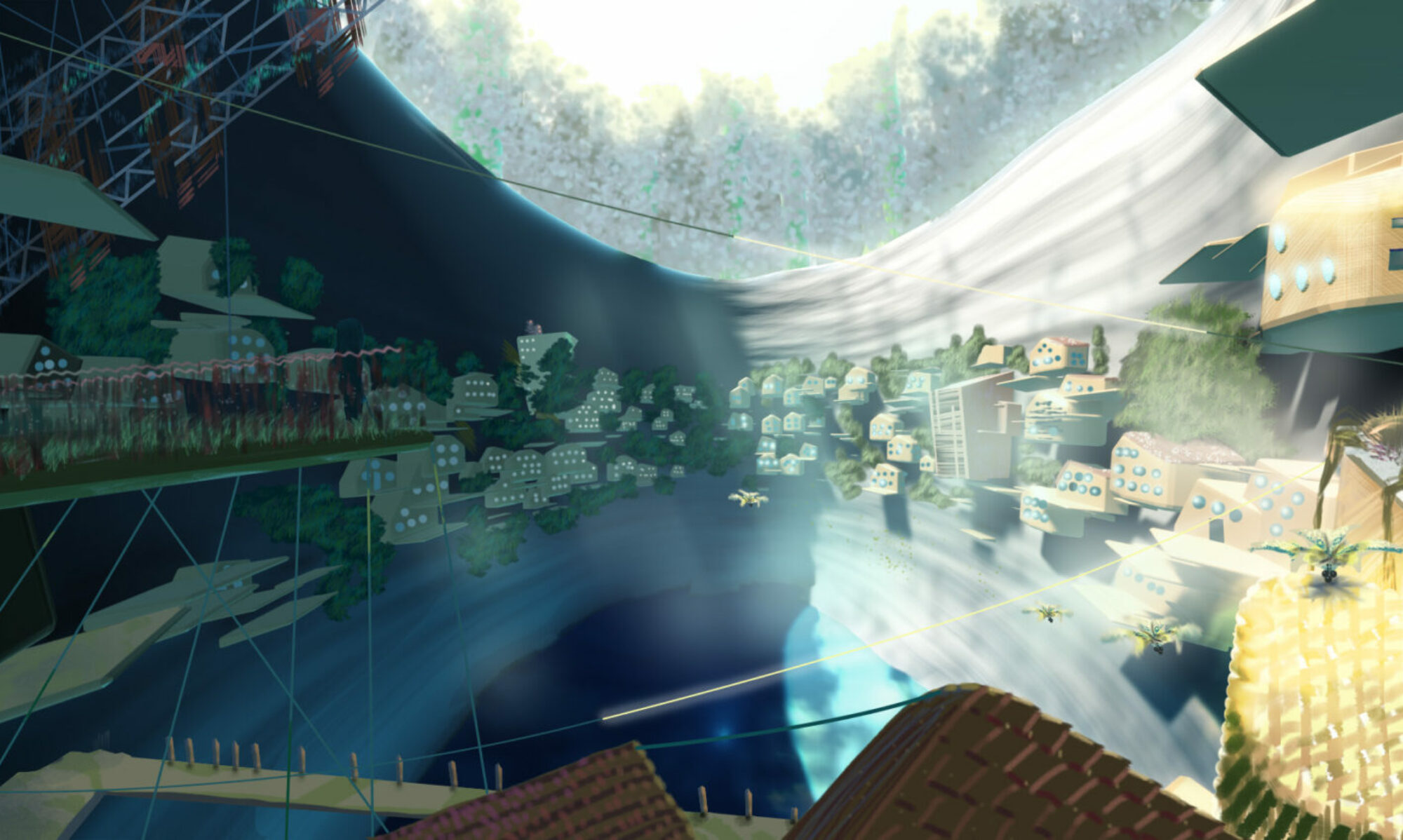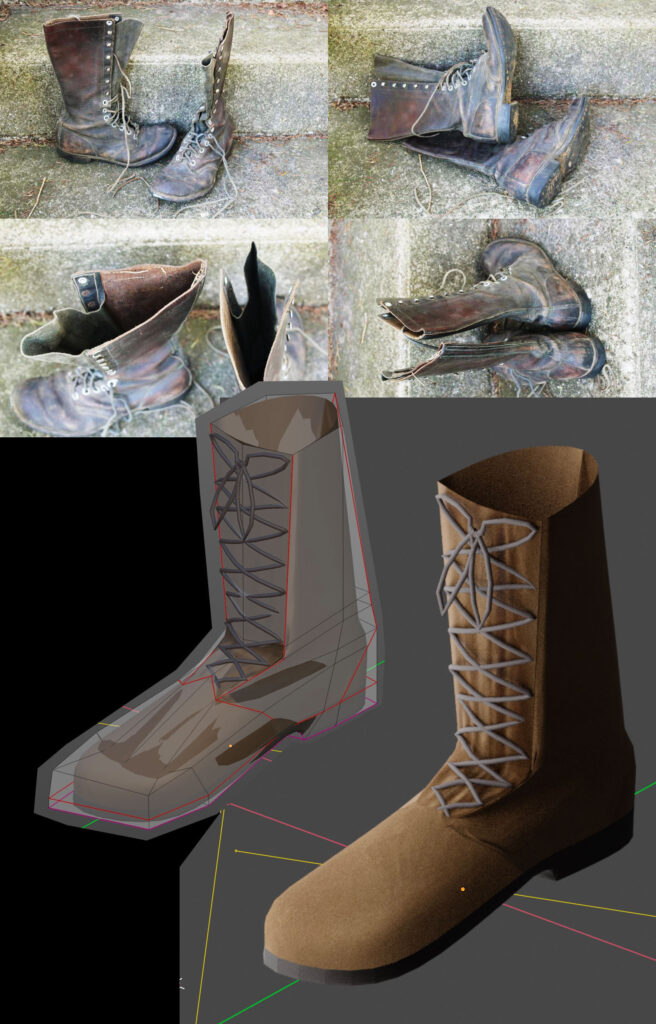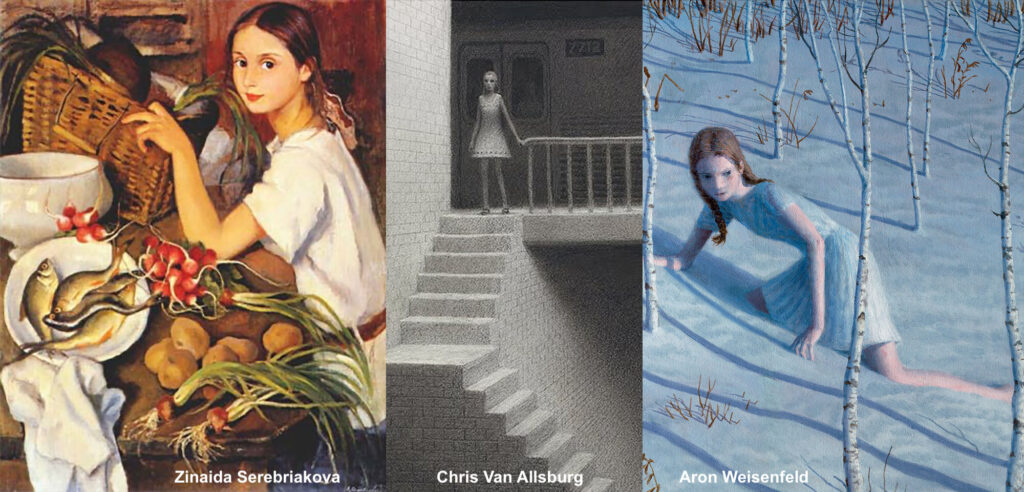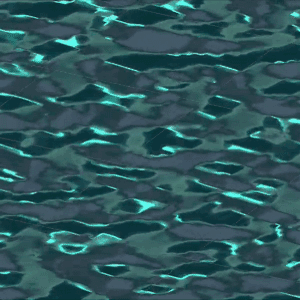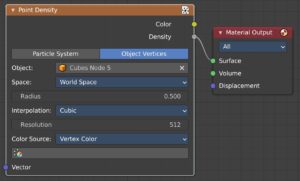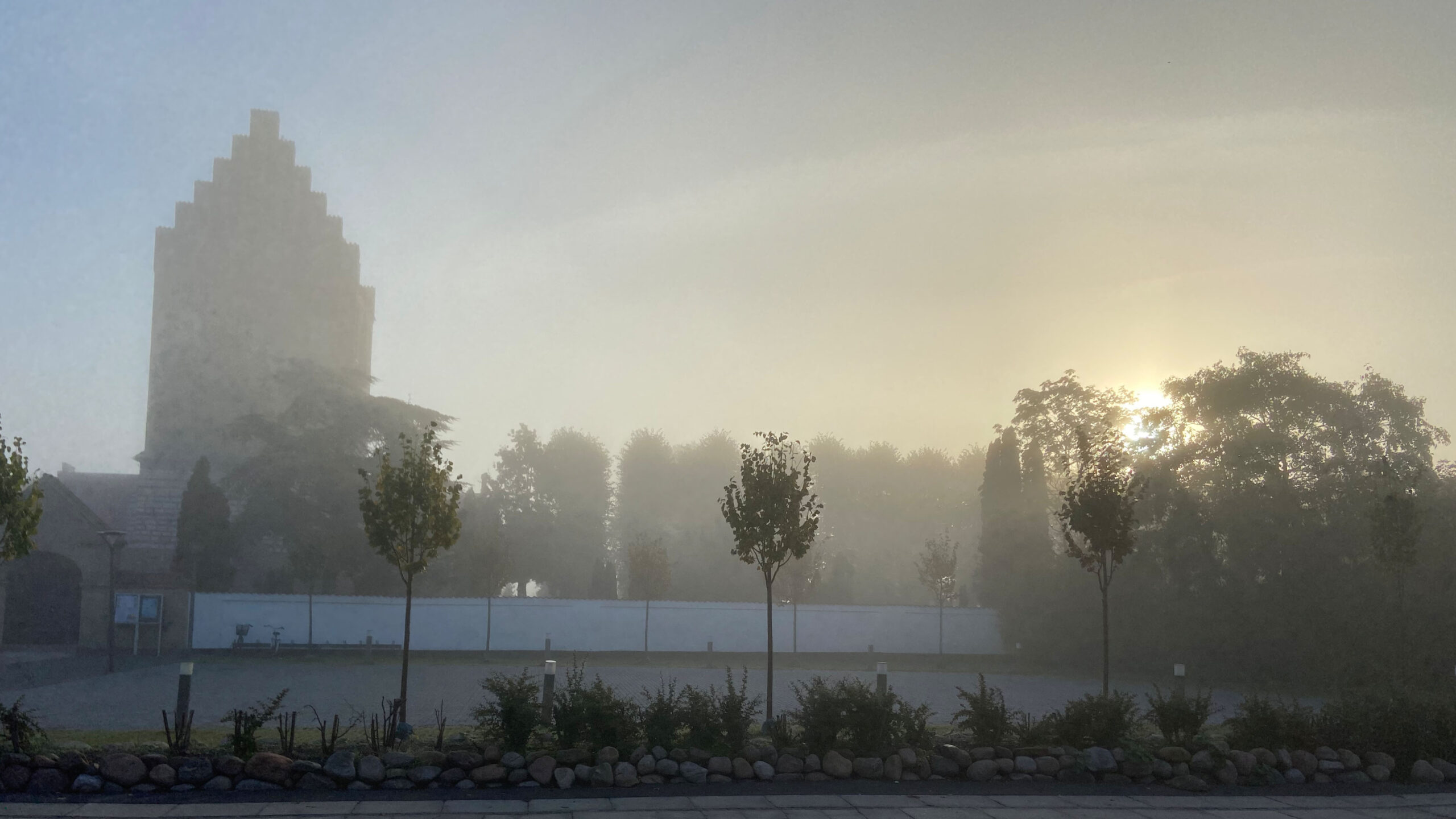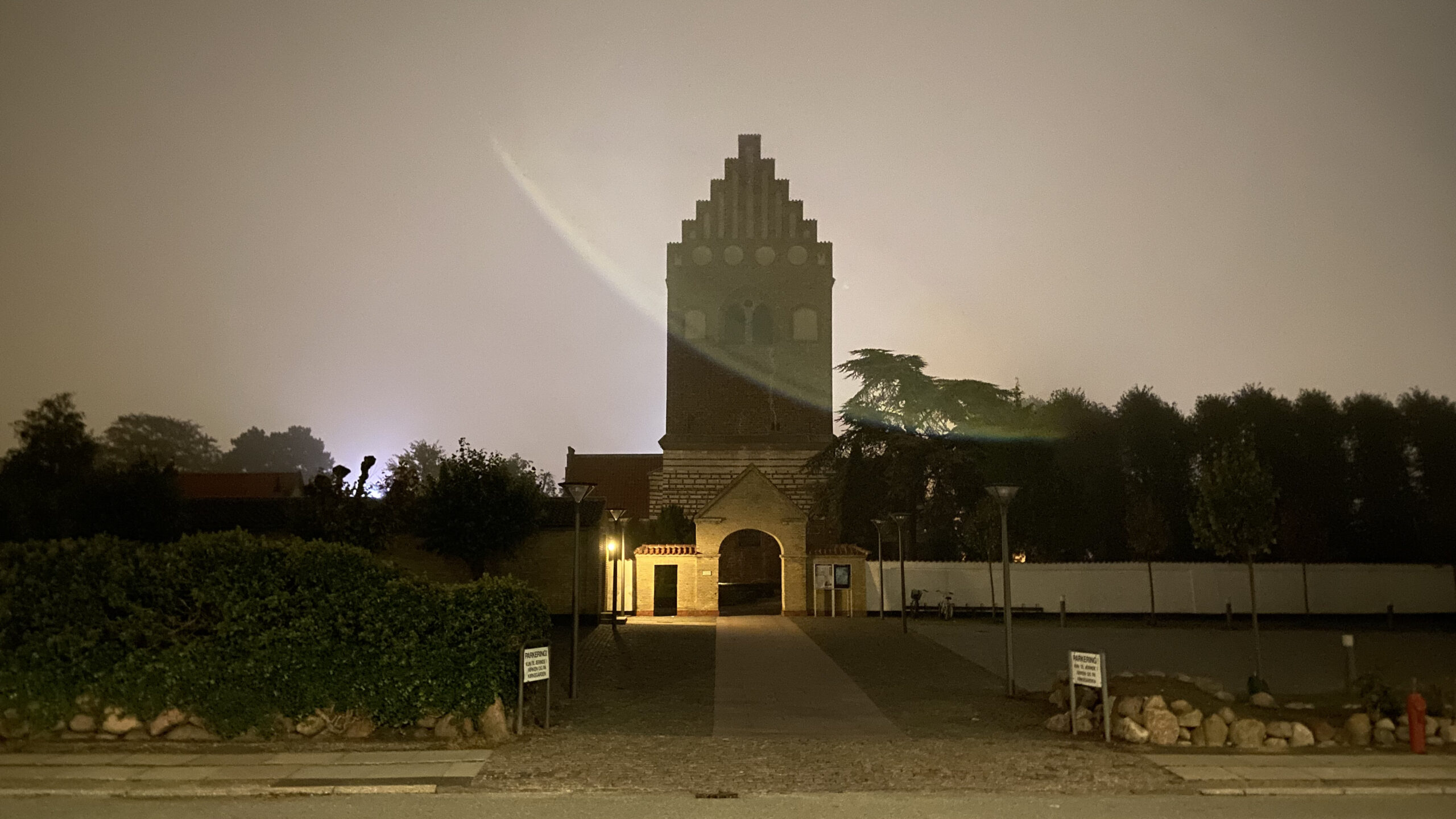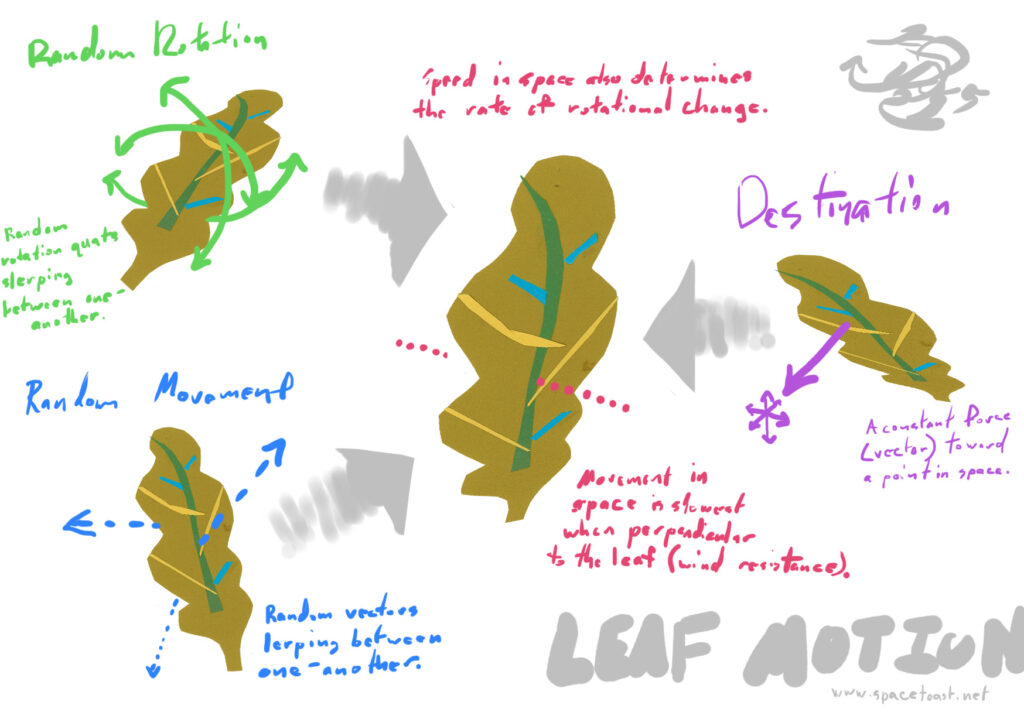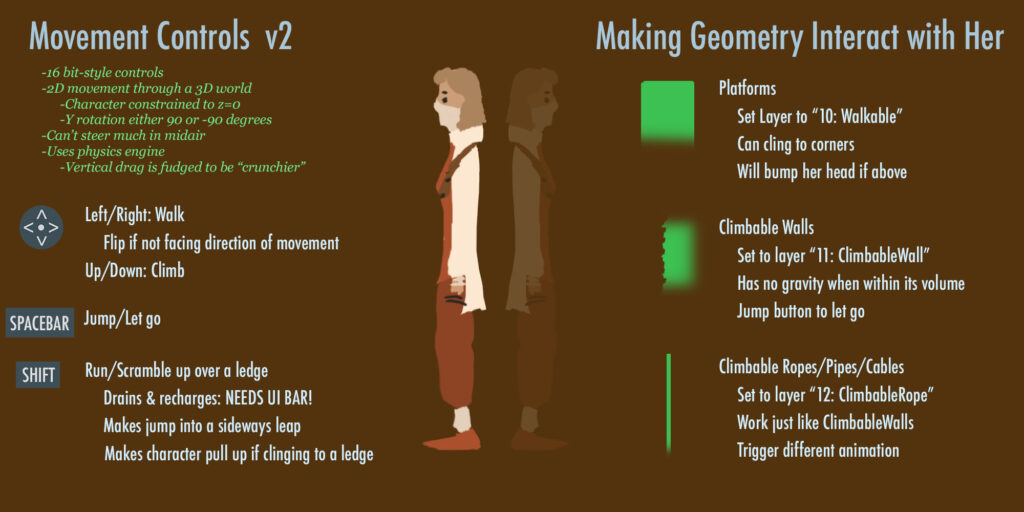What do you do the night of Christmas Day? When all the presents have been unwrapped, the food eaten and the visits made? There's an old tradition, predating M.R. James and Charles Dickens, and even the author of Gawain and the Green Knight. I think we should bring it back: The telling of ghost stories.
Cantwell had never taken the time. Another version of her would have assumed that she knew what a ghost was. The present Cantwell was rarely the type to bother with abstractions. What a ghost was cost her no more concern than the question of what a friend was. Were either real? Her friends demonstrated fealty on the right apps and were present in person when circumstances required. This sat comfortably enough in place of a definition. Likewise were ghosts considered by some influential people (and what other kind existed–meaningfully existed?) to be a thing one could accept as “real.” Our alternate Cantwell would have said that a ghost was what remained when a person had otherwise died. They symbolized the inevitable loss of beauty and influence that preceeded the grave by so many years (for those who couldn’t contrive to go out on top) but were otherwise nothing more and much less than a person on this side of the ground. The thought of meeting a ghost hadn’t crossed Cantwell’s mind since she had been very, very small, and understood very, very little.
This Cantwell, the present Cantwell, got by with surface glosses in place of understanding. Understanding was a thing that lived in a stillness she simply didn’t inhabit. She felt naked without a constant crush of attention from all sides, like some deep sea chamber that would rupture if brought to the surface.
It came to pass, however, that she found herself in just such an unaccustomed stillness passing the canal opposite Christiansborg. Her devices were as silent as the unseen water below. Given their use during the day’s brief sunlit hours, this was not mysterious, though car headlights somewhere in view would have been more usual. The silence ate at her much more than the darkness and the cold. Thoughts echoed that didn’t feel like hers.
She was not precisely in her right mind, if one can ever be said to be. An unsettled mind is usually crosscrossed between past conditionals and possible futures, in Cantwell’s case none more than 48 hours in either direction, but hers was also occupied with several alternate presents where others had granted or withheld one thing or another.
Cantwell had a place and time to be, and was hating it as much as the remainder of the present void. The city could be any city of sufficient cachet to her; she didn’t speak the language and didn’t care to, for they spoke hers. Places were backdrops, set dressing. The bare black stage around her was growing intolerable. It was, in fact, the longest night of the year.
There was another, opposite her. A ghost.
Cantwell noticed her, and had the unacustomed jolt that noticing her was her first and most fatal possible mistake. In the way that one knows a greyness under a lamp is a human shape, and that a blank oval near its top is a face looking at us, Cantwell saw it out of the corner of her eye. She pretended, unconvincingly, that she hadn’t. Normally, she pretended so effortlessly and so totally that she herself believed it. Truth was, to Cantwell, what others would follow, and the strongest opening move in affecting a truth was to believe it herself. There were fallbacks, of course, on the vanishingly rare occasion of being trapped in a “lie:” crying, screaming, inversion… But belief could only take one so far. Her skills were deserting her, and would not save her.
Across the canal, behind the low railings, the figure matched Cantwell’s pace. There was a sound of footsteps on stone. She knew it was a woman, as she knew it was a ghost. The figure followed. The canal turned, and the figure didn’t. It forded the air at a calm walking pace, at an angle to meet Cantwell’s path. The silence echoed more loudly than the noise. Had it passed through the railing? Apparently. Even looking wouldn’t tell her, and Cantwell was absolutely not going to look. In another context, it could have been a school friend or a colleage from some job quickening step from across a street to trade commonplace words. Here, however, nothing could be commonplace. The grey-black mass took up more and more of Cantwell’s peripheral vision. A second set of footsteps began on the cobbles to her right, matching rhythm. The ghost walked along beside her.
“Aren’t you going to-“
“No!” Cantwell snapped, equally surprised to hear her own voice.
“You can’t know how much I hate you,” remarked the ghost, also not making eye contact. Cantwell hustled on, saying nothing. People, other people, would save her. Her silence, far from rallying strength like usual (stillness could also be used offensively as a weapon) resulted only in a gently lengthening sense that she was making herself an object of pity, drawing out the inevitable.
“I don’t need this from you,” said Cantwell, eyes set straight ahead. Her piteousness rose to something like self flaggelation.
“Tonight’s not about what you want. Tonight is about what I want.”
What was this? Was she going to be hurled–hurl herself, but not really–into the canal? Float to be found at late morning light an ugly corpse? Self-killed (so it would appear) without a mark of respectable violence?
“No,” said the ghost.
“What do you want?”
Nothing happened. She wasn’t transported, or overwhelmed with a sudden hallucination. To be truly overwhelmed with something is a rare gift in life, and this was not the night for gifts. Cantwell was no less aware of the cold air up her skirt or the trouble of negotiating each increasingly slick paving stone in her high boots. It was as if a smell from long ago triggered a sudden memory. Cantwell’s emotions were once again in a tiny room overlooking another city. Nana was baking macaroons. Some were red, some were white, and some were yellow. A bowl of blue batter remained. She had done nothing to help, just sat at the table kicking her feet and eating. It didn’t matter. The halo of something was in the air. Little her didn’t understand why everything was good, and didn’t care. Why would a child?
“Shut up!” yelled the ghost. Cantwell was startled, and almost looked over. There was no one else there, but the ghost didn’t seem to be addressing her.
She saw a window. A small, far off, lighted window, on a third floor, looking warm as the finished wood inside, all of it seeming to glow. Was this the only lighted window in view? The last one in the world? “I don’t understand,” she began, but was cut off again.
“Never! Ikke nu, ikke hver,” continued the ghost, to whom- or to whatever. Cantwell seemed to be momentarily forgotten.
“You’re not real. It isn’t real.” Tears pricked at Cantwell’s eyes. They served no purpose. They weren’t going to move the ghost. There was no one else to help–that much was increasingly clear. Cantwell wanted to control them, but with a dropping feeling found that she absolutely couldn’t.
She still hadn’t looked at the ghost. She wouldn’t. It was the only fight she hadn’t lost. The figure seemed in appearance about her age. A woman. Dressed in something colorless, perhaps warmer, or maybe older. It could have been her doppelganger. It could have been anyone else.
“Wouldn’t you like to know where I’ve been, before I was here?” They walked on in silence for a moment. “I wasn’t an ugly corpse. I know how that matters to you.”
Cantwell couldn’t form the words, but the ghost did for her:
“What do I know about you? No, this isn’t your night for questions.” It scratched its nose. “Not even the rhetorical kind. You tell me: Why were you at your Nana’s?”
“Mom was ripping the apartment up.”
“Right.”
“She was all cut up about some man cheating on her.”
“Her moods are extreme.”
“He wasn’t even my father. It’s not like I cared.”
“I’m taking that away from you.”
“That man? I barely even remember him.” Cantwell stopped herself. It wasn’t that memory the ghost was taking. It wasn’t any memory the ghost was taking. Worst of all, it wasn’t her life either.
“What am I?” the ghost asked.
“You’re a ghost. You’re just a ghost.”
“And what is a ghost?”
“Don’t do this.”
“I thought you didn’t try to understand things. Just the surface, remember? Stay in the flow. It’s the silence that scares you. I’ll bet right about now you’re wishing you were stupider. There are things you don’t understand, but then there are things you can’t understand. That’s what I am. That’s what your ghost is.”
“Please!” Cantwell looked, but there was nothing there. “Please!” The memory was just as fresh. The moments in that kitchen. True to her word, the ghost hadn’t taken the memory. Cantwell could remember every detail with painful accuracy. Only the feeling was gone.
At some point it had begun to snow. Cantwell continued on to her appointment, in that wooden room on the third floor.
